India has seen a significant increase in medical education seats over the past few years. The government has proudly highlighted this growth, suggesting that the country is on the right track in addressing its healthcare workforce shortage. However, beneath this surface-level success, a major crisis is unfolding, one that could have long-term consequences for medical education and healthcare services.
While MBBS seats are filling up quickly, a surprising number of postgraduate (PG) seats in crucial subjects like anatomy, physiology, biochemistry, pharmacology, forensics, microbiology, and pathology remain vacant. This shortage of students pursuing these subjects has now led to an alarming faculty deficit, making it increasingly difficult for medical colleges to function effectively.
Why Are PG Seats in Basic Sciences Unattractive?
The disinterest in these PG courses can be attributed to several factors:
1. Preference for Clinical Specializations: Most MBBS graduates aspire to become practicing doctors in fields like surgery, pediatrics, gynecology, and cardiology, where they can directly interact with patients. Subjects like anatomy and microbiology, which are more research-oriented and academic, are perceived as less rewarding.
2. Lower Career Prospects and Pay Scale: Unlike clinical specialties, non-clinical fields often do not offer the same level of financial incentives or prestige. Many students believe that pursuing these subjects limits their career opportunities compared to becoming a surgeon or physician.
3. Limited Patient Interaction: There is a widespread misconception that subjects like forensic medicine or biochemistry do not involve real-world patient care. This perception discourages students who wish to be actively involved in treating patients.
4. Geographic Challenges: Many of the seats that remain unoccupied are in medical colleges located on the outskirts of major cities. Given the choice, students prefer institutions in metropolitan areas where they have better career growth and learning opportunities.
For medical education to maintain quality standards, institutions must have qualified faculty in each subject. However, with fewer students enrolling in PG courses in basic medical sciences, colleges struggle to find professors to teach these subjects.
A typical medical course with around 100 students requires at least three faculty members a professor, an associate professor, and an assistant professor. But due to the lack of qualified candidates, many colleges fail to meet these requirements, jeopardizing their accreditation and overall quality of education.
Even government medical colleges, which typically attract more faculty applicants, are now struggling to fill positions for non-clinical subjects. This growing crisis has raised concerns about the long-term sustainability of medical education in India.
Recognizing the urgency of the situation, the National Medical Commission (NMC) is considering a two-step strategy to address the shortage:
1. Opening Faculty Positions to Non-Medical Experts: NMC plans to allow non-medical teachers, professionals with a Ph.D. in the relevant subject but no MBBS background to fill a portion of the vacant faculty posts. This change could help bridge the gap in teaching resources.
Under the proposed plan:
• Initially, advertisements for faculty recruitment will be open only to candidates with a medical background (MD or DNB).
• If these positions remain unfilled, a second round of recruitment will invite non-medical experts to apply.
• This is a temporary measure, and once enough MBBS-qualified lecturers are available, NMC plans to phase out non-medical faculty hires.
2. Making Non-Clinical PG Courses More Attractive
To encourage more students to take up non-clinical subjects, NMC is exploring incentives such as:
• Financial rewards or scholarships for students choosing these fields.
• One-year clinical training programs alongside non-clinical PG courses, allowing students to gain some patient interaction experience.
• Better career progression opportunities, ensuring that non-clinical faculty have similar growth prospects as clinical faculty.
Is This Enough to Solve the Problem?
While these solutions may provide temporary relief, the bigger challenge remains changing the perception of non-clinical subjects among medical students. A senior professor from AIIMS Delhi’s Forensic Department (who wished to remain anonymous) noted:
“Students make their PG choices based on personal preferences and career goals. Clinical subjects will always be more attractive. However, non-clinical fields are equally important. The demand-supply dynamic will continue to evolve, and we must find ways to ensure balanced growth in medical education.”
If India fails to address this faculty shortage, the consequences could be severe:
1. Closure of Medical Colleges: If institutions cannot meet faculty requirements, they may lose accreditation, leading to fewer medical colleges and ultimately, fewer doctors.
2. Compromised Education Quality: Lack of qualified faculty will impact the training of future doctors, reducing the overall quality of healthcare professionals.
3. Increased Dependence on Foreign Education: More Indian students may opt for medical education abroad if they feel that the quality of training in India is declining.
The NMC’s efforts are a step in the right direction, but long-term systemic changes are necessary. Some additional measures that could help include:
Incorporating AI and Digital Learning: Online modules and AI-assisted learning can help bridge the faculty gap temporarily.
Better Salary Packages for Non-Clinical Faculty: Offering competitive salaries will attract more candidates to these roles.
Public Awareness Campaigns: Changing perceptions about non-clinical subjects through awareness campaigns targeting medical students.
India’s medical education system is at a critical juncture. While the increase in MBBS seats is a positive development, the PG faculty shortage in basic sciences threatens the stability of the entire system.
The NMC’s strategy to allow non-medical faculty and offer incentives for non-clinical PG courses may help in the short term, but a broader shift in how medical education is structured is necessary. Addressing misconceptions about non-clinical subjects, offering better financial and career incentives, and ensuring high-quality faculty recruitment will be key to solving this crisis.
If India wants to maintain its global reputation in medical education, urgent reforms are needed before it’s too late.

 The NMC’s strategy to allow non-medical faculty and offer incentives for non-clinical PG courses may help in the short term, but a broader shift in how medical education is structured is necessary.
The NMC’s strategy to allow non-medical faculty and offer incentives for non-clinical PG courses may help in the short term, but a broader shift in how medical education is structured is necessary.







.png)
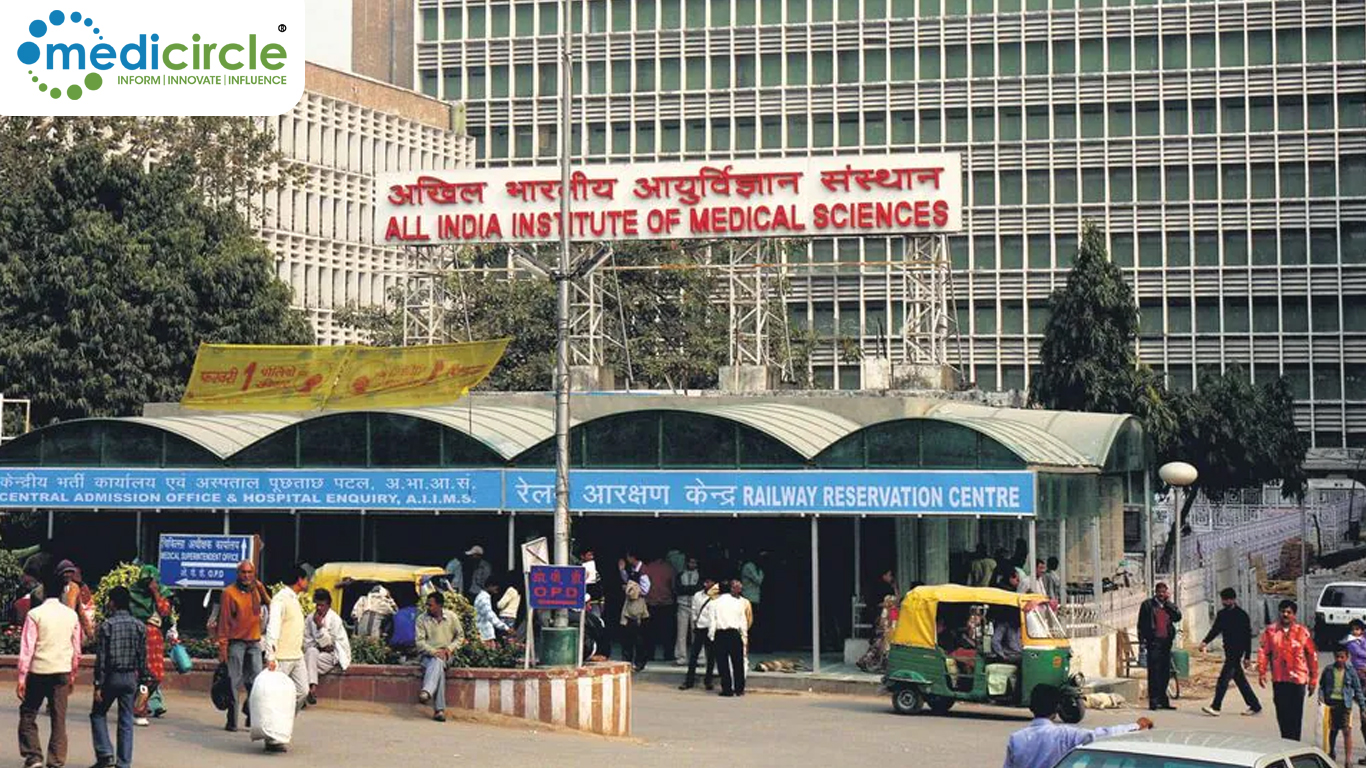
.jpg)
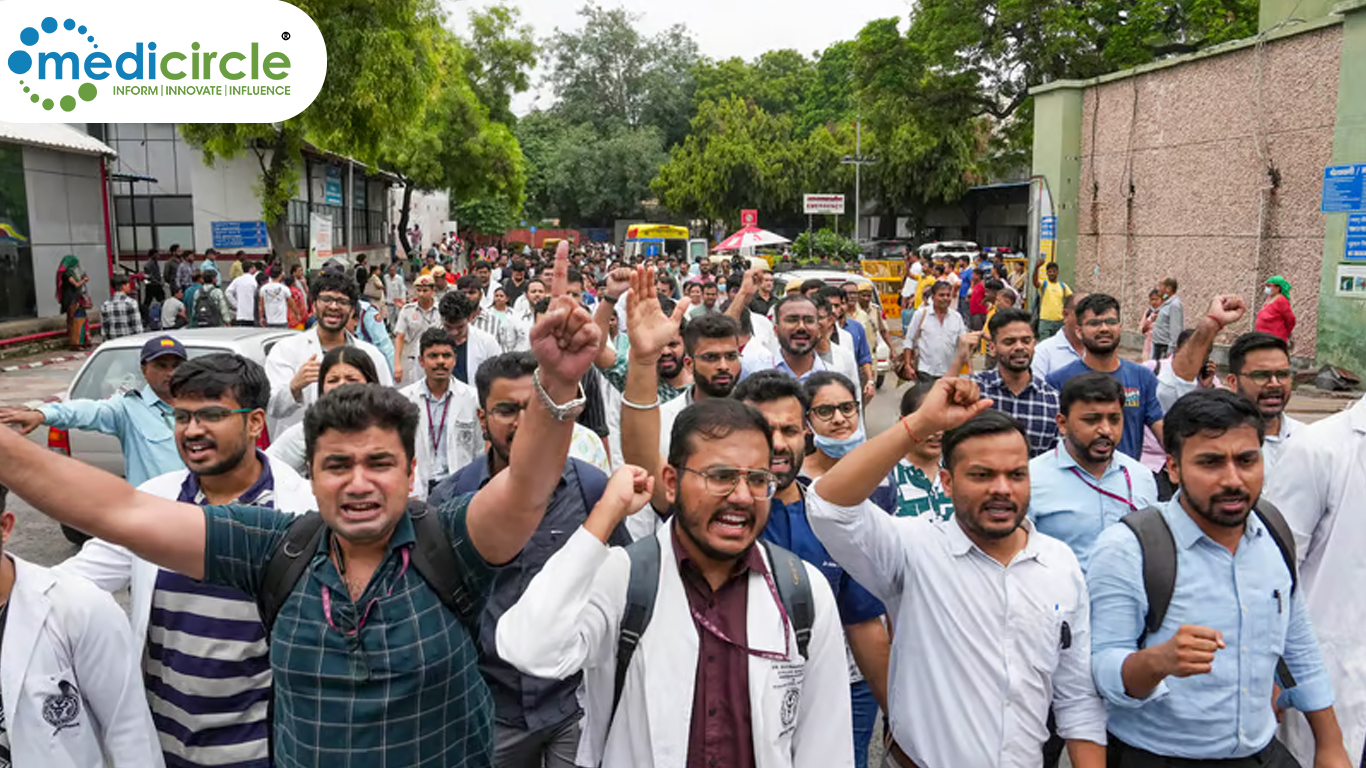
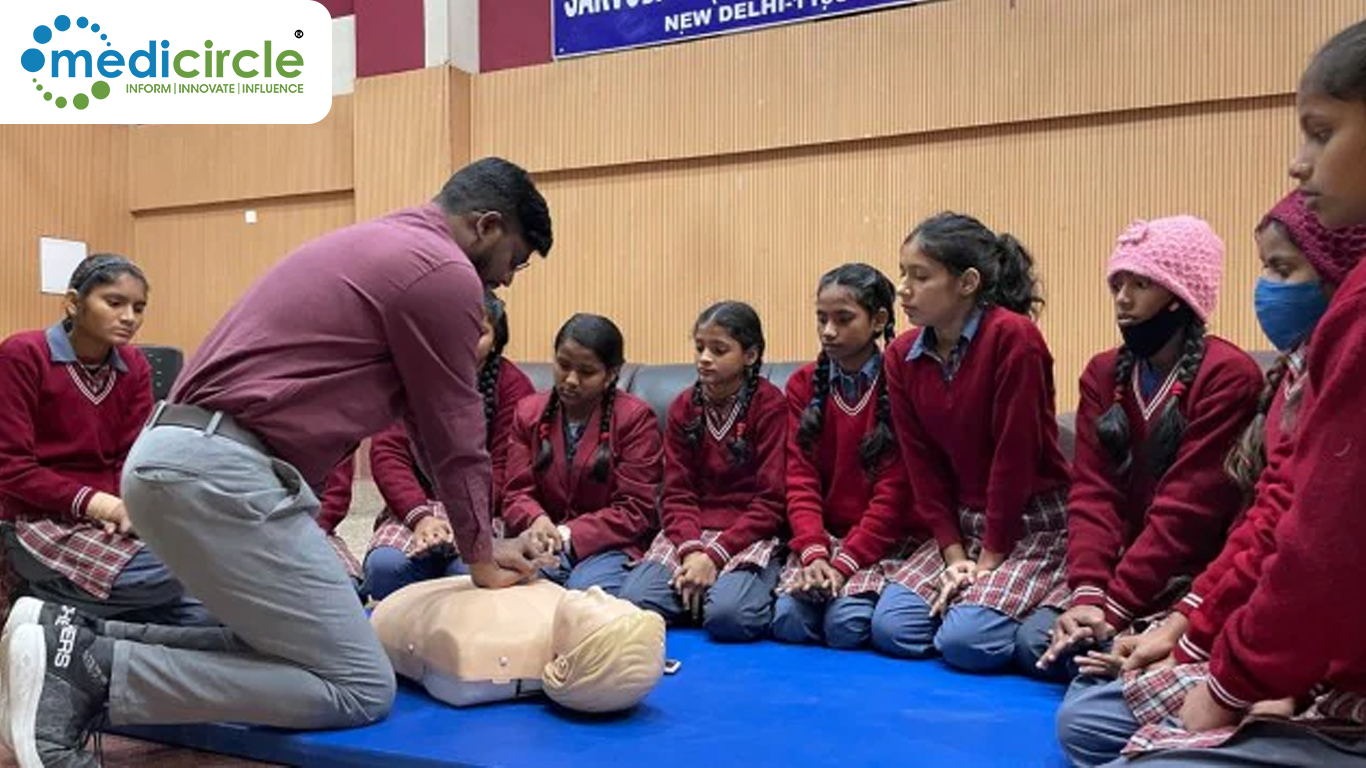
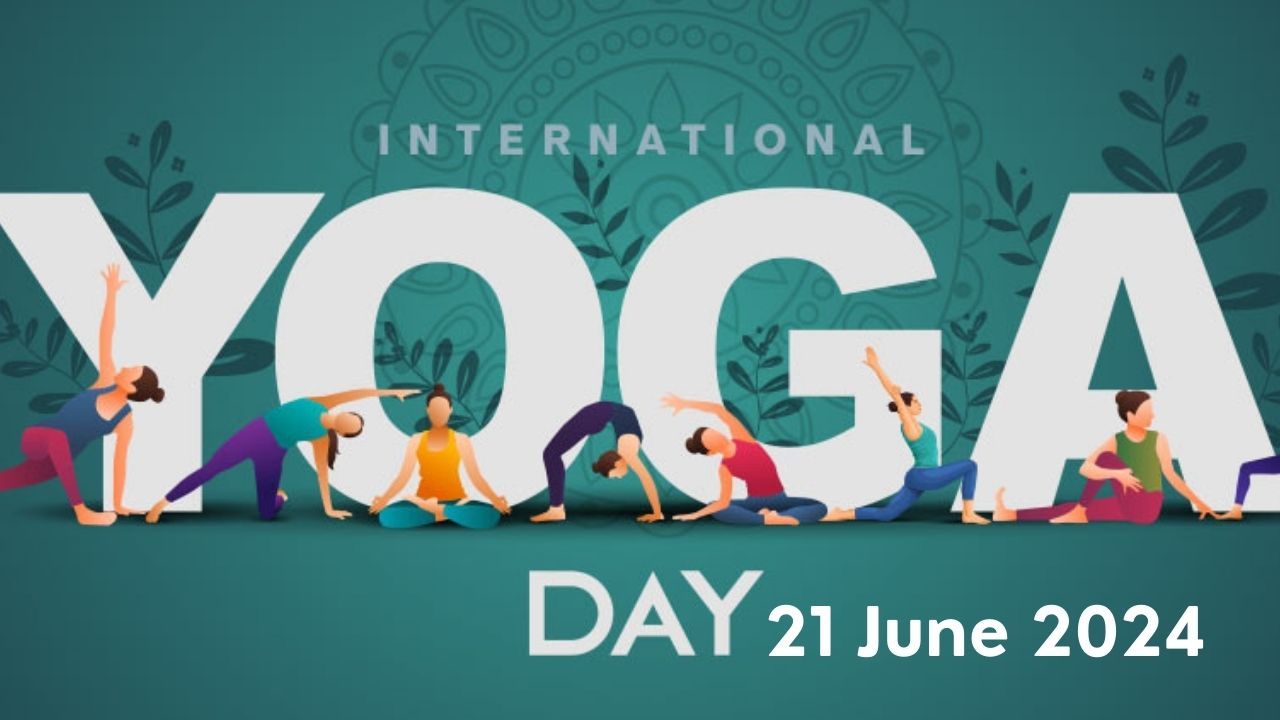
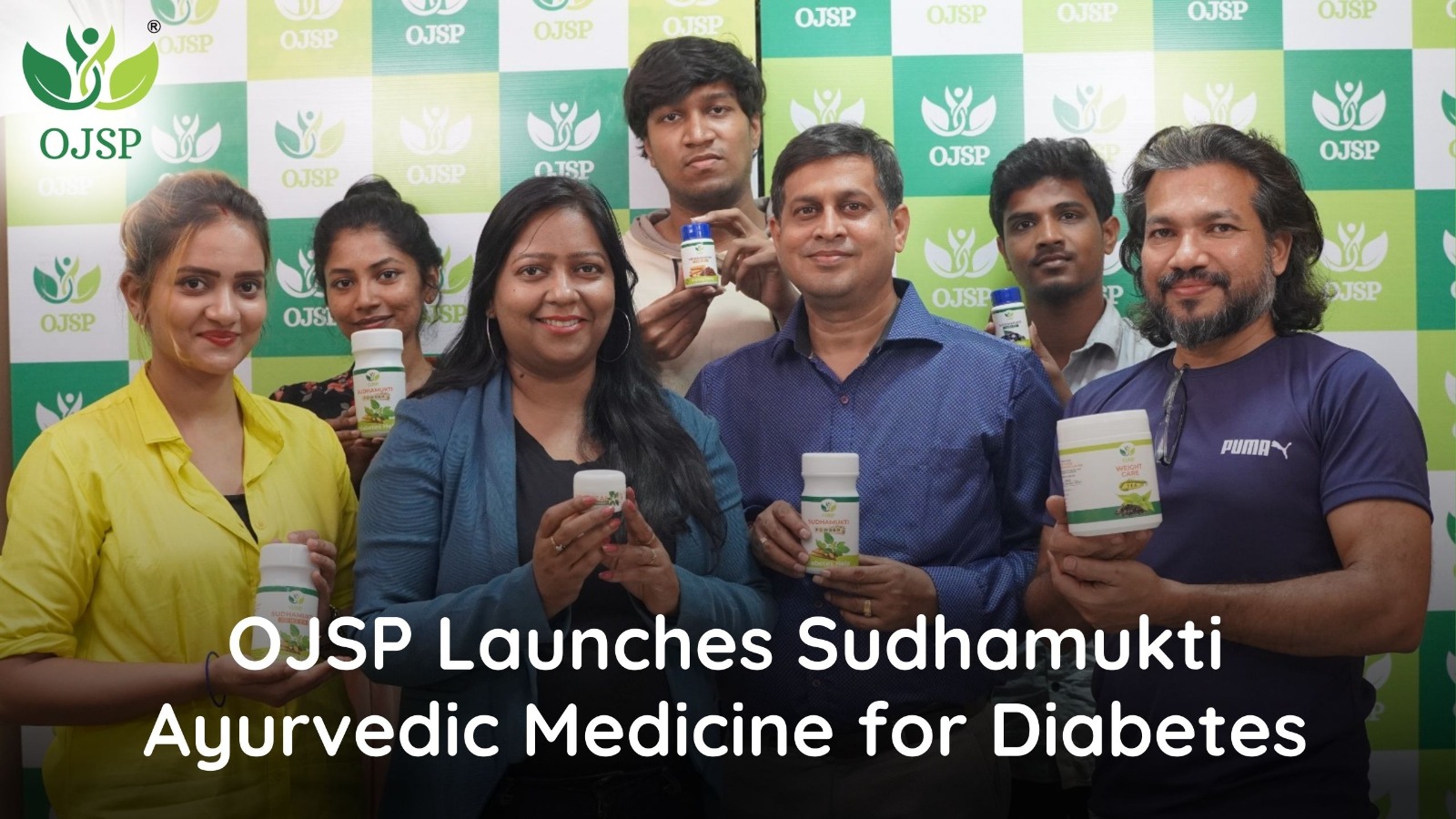
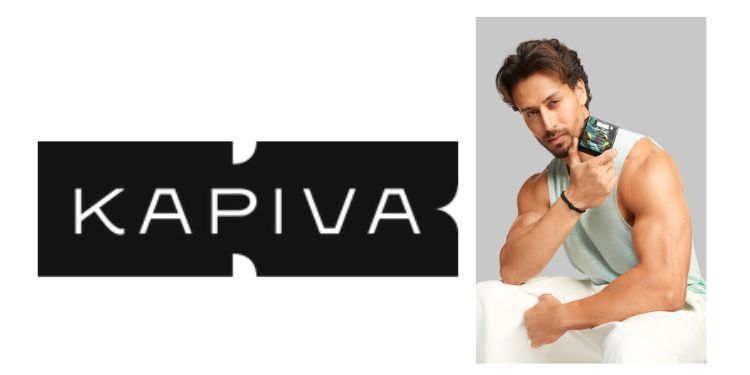





.jpeg)

.jpeg)










.jpg)




.jpg)

